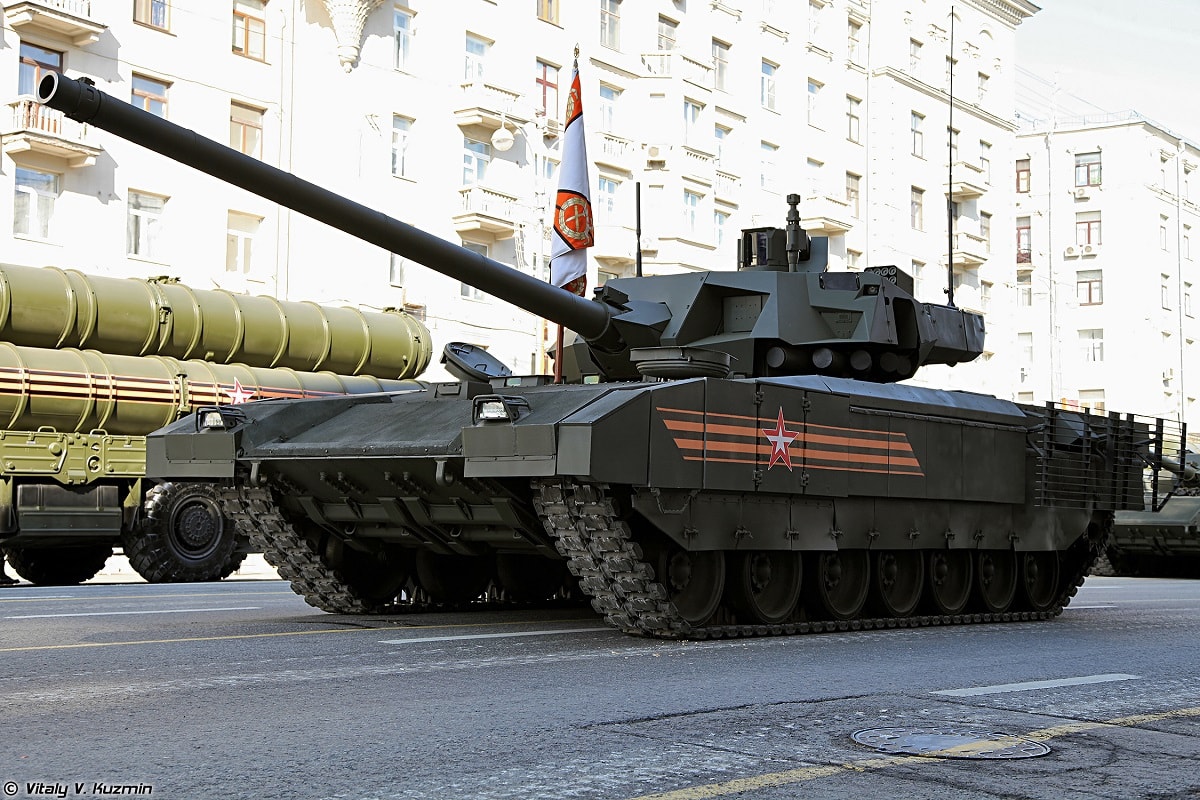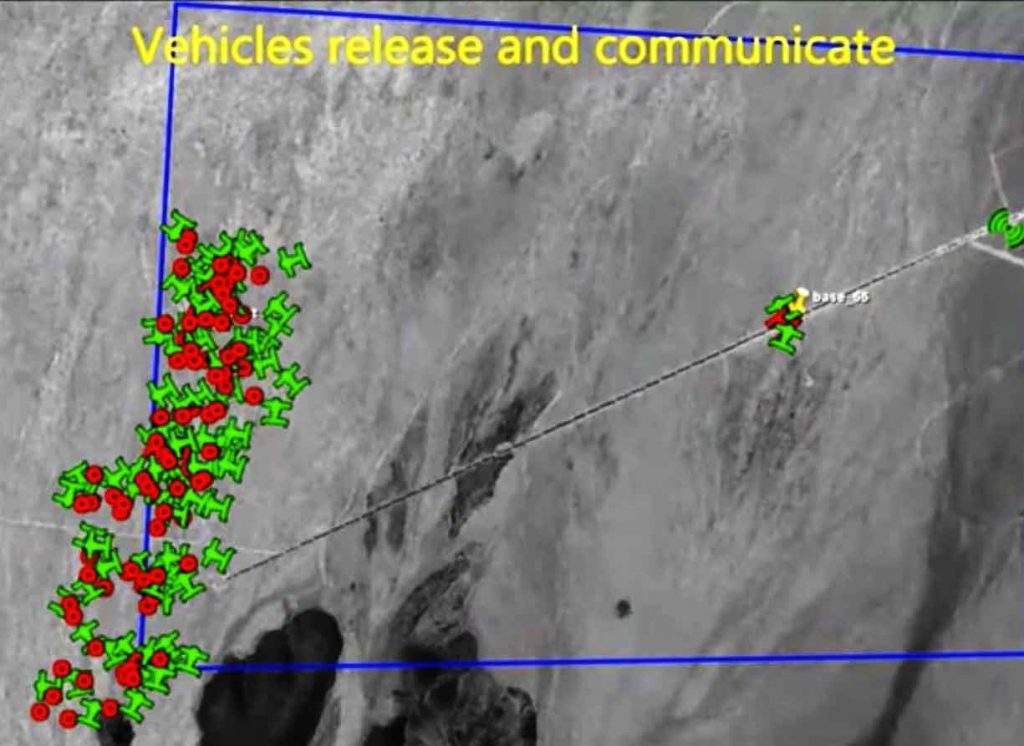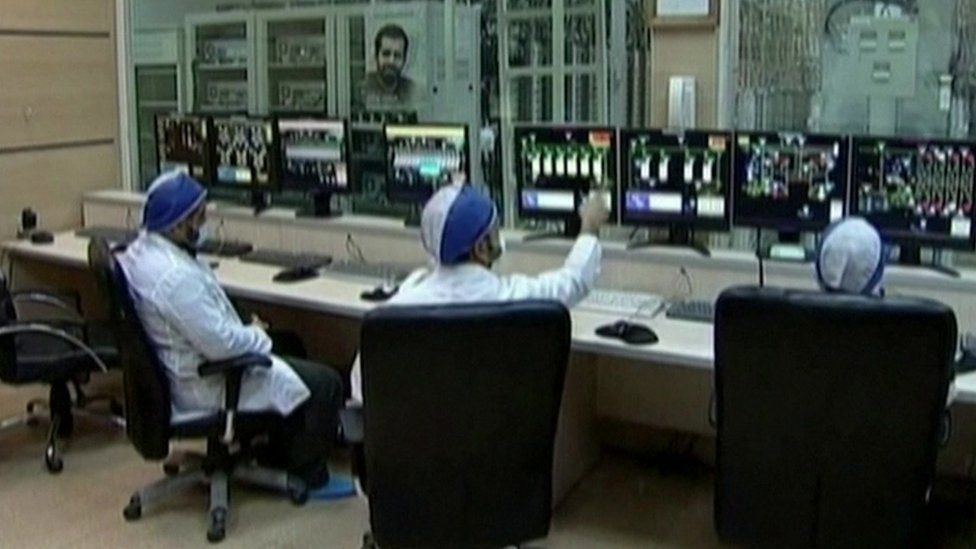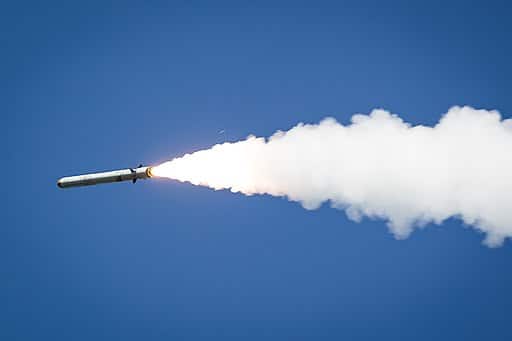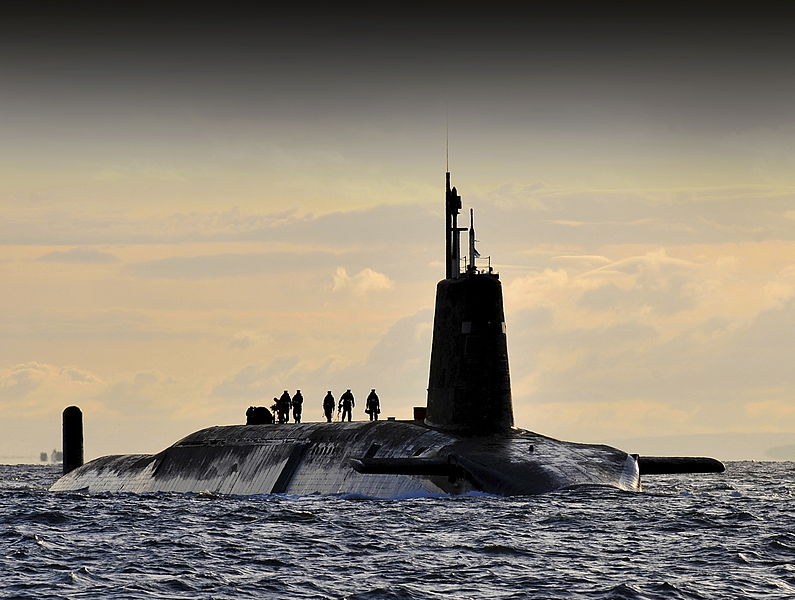Major General PK Mallick, VSM (Retd)
On 15 June 2020, in a brutal, savage skirmish, the People’s Liberation Army (PLA) used fists, rocks, rods, baton, spikes, knuckle-dusters, nail-studded clubs and wooden clubs wrapped in barbed wire at a post at Galwan on the Indian side of Line of Actual Control(LAC) in Ladakh sector at an altitude of 4,250 meters. India lost a Commanding Officer of an infantry battalion and 19 other ranks. China did not divulge its casualty figures. There is a famous saying that no two nuclear-powered states have ever fought a war. William S. Lind, who developed Manoeuvre Warfare and Fourth Generation Warfare theories, is sceptical about two nuclear weapon capable countries ever to fight a conventional war. Continue Reading.....

